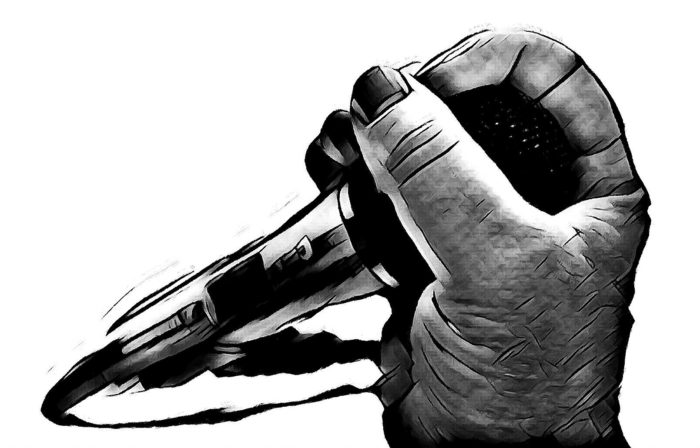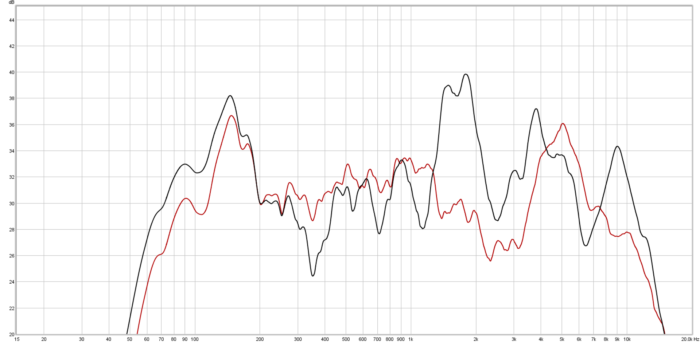What you might think would happen isn’t what happens.
Please Remember:
The opinions expressed are mine only. These opinions do not necessarily reflect anybody else’s opinions. I do not own, operate, manage, or represent any band, venue, or company that I talk about, unless explicitly noted.

 Want to use this image for something else? Great! Click it for the link to a high-res or resolution-independent version.
Want to use this image for something else? Great! Click it for the link to a high-res or resolution-independent version.The most popular article on this site to date is the one where I talk about why cupping a vocal mic is generally a “bad things category” sort of experience. In that piece, I explain some general issues with wrapping one’s hand around a microphone grill, but there’s something I didn’t do:
I didn’t measure anything.
That reality finally dawned on me, so I decided to do a quck-n-dirty experiment on how a microphone’s transfer function changes when cupping comes into play. Different mics will do different things, so any measurement is only valid for one mic in one situation. However, even if the results can’t truly be generalized, they are illuminating.
In the following picture, the red trace is a mic pointing away from a speaker, as you would want to happen in monitor-world. The black trace is the mic in the same position, except with my hand covering a large portion of the windscreen mesh.
You would think that covering a large part of the mic’s business-end would kill off a lot of midrange and high-frequency information, but the measurement says otherwise. The high-mid and HF information is actually rather hotter, with large peaks at 1800 Hz, 3900 Hz, and 9000 Hz. The low frequency response below 200 Hz is also given a small kick in the pants. Overall, the microphone transfer function is “wild,” with more pronounced differences between peaks and dips.
The upshot? The transducer’s feedback characteristics get harder to manage, and the sonic characteristics of the unit begin to favor the most annoying parts of the audible spectrum.
Like I said, this experiment is only valid for one mic (a Sennheiser e822s that I had handy). At the same time, my experience is that other mics have “cupping behavior” which is not entirely dissimilar.
